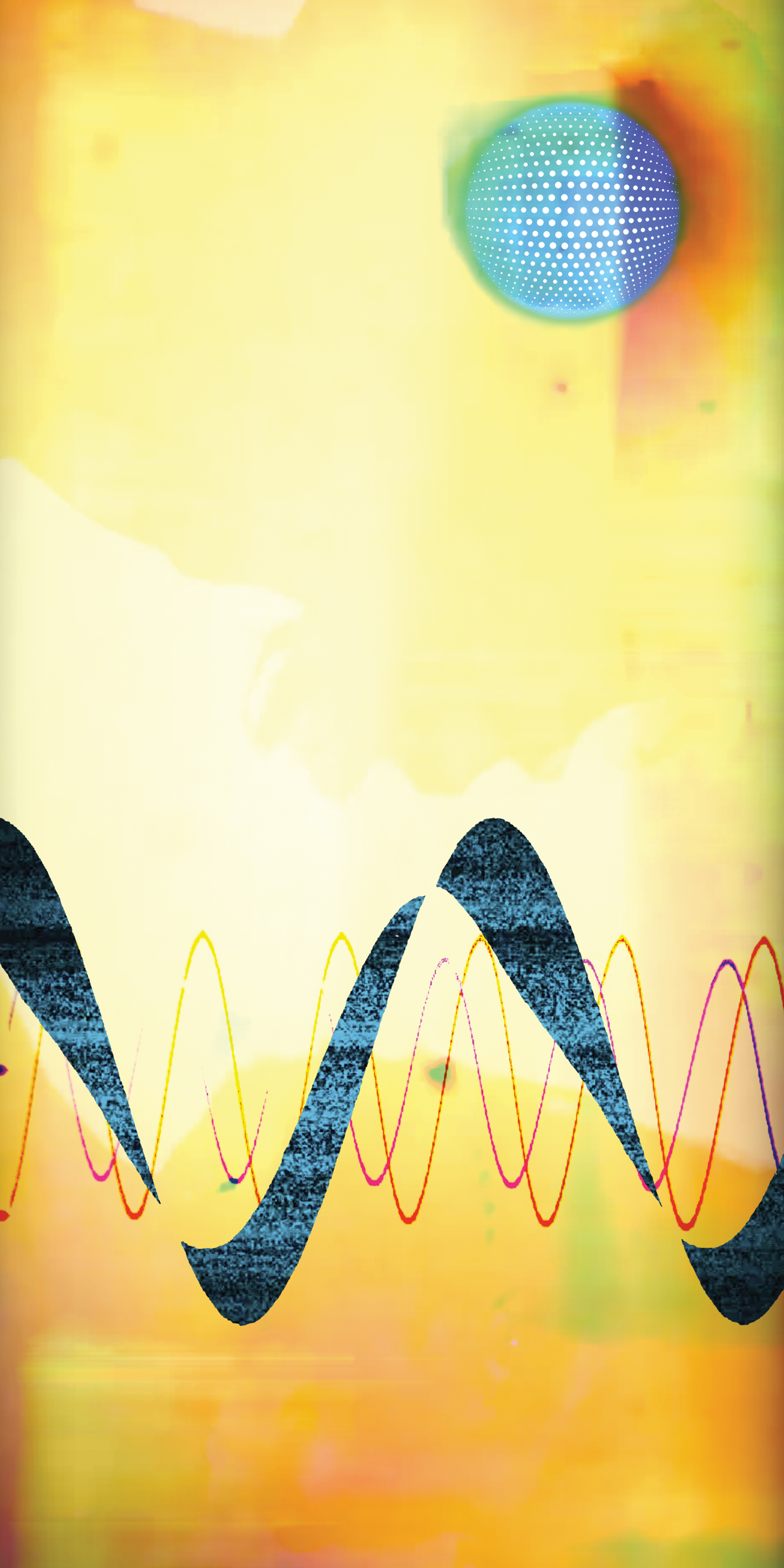Recording and DIY electronics have a long history together, as most early studios had custom-built consoles and in-house technical departments. Even though a near-comprehensive array of commercial audio gear emerged by the end of the millennium, vestiges of this tradition remain. With the rise of the internet, DIY pro audio began to find a new niche among cost-conscious and electronically-curious home recordists. Although kit-form projects from Dynaco, Eico, and Heathkit had fallen out of vogue decades prior, online forums like GroupDIY rekindled interest in audio electronics. Kits began springing up again, and some of the first (and best) came from Seventh Circle Audio. They offered adaptations of the Neve 1272 line-amp (the N72 [Tape Op #35]), the API 312 (A12 [#54]), and added other products over time.
These kits were fairly slick by contemporary standards – up to eight modules could be mounted in a proprietary two rack space unit chassis (the CH01 [Tape Op #54]) and run from a single high-quality power supply. Parts quality across the line has always been top-notch – transformers from Carnhill, Lundahl, and CineMag; Grayhill rotary switches, etc. A critical feature of the Seventh Circle system that’s easy to overlook are the bipolar +/- 30 VDC power supply rails (the API 500 Series format, by contrast, specifies 16 V supply rails). This higher voltage standard allows specific circuits to perform closer to their design spec.
The preamps always sounded fantastic, but there were a few nits to pick with the original CH01 chassis. It was a drab shade of industrial beige, and while it could be short-loaded with only a few modules, the single continuous front panel was pre-drilled for all eight (short-loading the chassis meant bodging in unsightly hole plugs). More importantly, there was no provision to externally identify which modules were loaded. I had preamp channels of N72, A12, and J99 [Tape Op #54] (inspired by the Jensen Twin-Servo) in a single CH01, and from the front panel, they all looked identical (my crude Brother P-touch [#65] label identification didn’t do much to improve the appearance).
Seventh Circle Audio fell off my radar as I began working from a larger facility, but a recent move and reconfiguration of my home studio had me checking back in. New additions to the line include two new modules: the S90 (SSL-style) preamp and the H32 (GroupDIY’s “Harrison Ford”-style) high-pass/low-pass filter. I decided to upgrade my chassis to the CH02 that Seventh Circle introduced almost ten years ago, and I built a few more channels of N72 while I was at it. The N72 is much the same as before, with only a few discernible tweaks to make assembly slightly easier. Component quality maintains the same high standard.
The ergonomic and aesthetic improvements to the CH02 are the real leap forward. Instead of a single-piece front panel, individual faceplates now attach to each module and slot into the chassis with two set screws (like a 500 Series module). Blank subpanels are available for unused slots. Even better, the mini-faceplates are now marked with model numbers (no more P-touch labels!), and the new system is fully backward-compatible. Older modules accept the new faceplates without modification and slot into the CH02 seamlessly. The included power supply is at least as good as the prior generation (which was already superior) and still delivers juice via a pre-wired harness and Molex connectors.
While it won’t be everyone’s primary concern, I’m also quite relieved that the CH02 system looks good. Its black anodized finish presents much better than the old style, and power is indicated by a row of seven LEDs that also form the company’s logo – pretty slick! None of this would matter much if the preamps didn’t deliver elite performance, but they’re sonically competitive with high-end commercial options.
DIY is not for everyone. Although the low cash expense is attractive, the substantial time investment doesn’t always add up to the best value. But if you already have some basic tools and some downtime, Seventh Circle Audio kits offer an ideal way to get your feet wet with DIY. The kits aren’t for absolute beginners, but if you’ve ever put together a guitar pedal, you’ll do fine. And, if you’ve got some older Seventh Circle Audio modules laying around (as I did), the CH02 system feels like a worthy upgrade.




_disp_horizontal_bw.jpg)